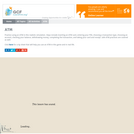
Use an ATM to check account balances and withdraw money.
- Subject:
- Education
- Material Type:
- Diagram/Illustration
- Interactive
- Reading
- Provider:
- Goodwill Community Foundation, Inc.
- Provider Set:
- GCFLearnFree
- Date Added:
- 07/19/2013
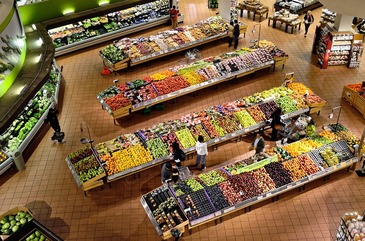

Use an ATM to check account balances and withdraw money.
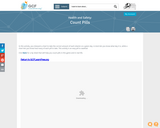
Use a chart to take your daily vitamins.
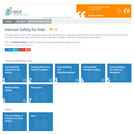
Develop strategies for keeping your kids safe when they go online.
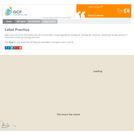
Practice reading different food labels.
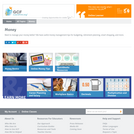
Learn the very basics of managing money as well as strategies for saving, budgeting, retirement and more
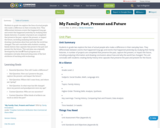
Students in grade two explore the lives of actual people who make a difference in their everyday lives. They differentiate between events that happened long ago and events that happened yesterday by studying their family histories. A number of projects are completed that preserve the past, capture the present, or impact the future, including analyzing information and drawing conclusions about how and why the world has changed. The unit concludes with students creating family history time capsules that preserve the past and present for the future.
This unit plan was originally developed by the Intel® Teach program as an exemplary unit plan demonstrating some of the best attributes of teaching with technology.
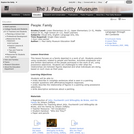
This lesson focuses on a family depicted in a work of art. Students practice using vocabulary related to people and families. Activities emphasize oral and written descriptions of the people portrayed in the work of art, using possessive adjectives. Students are challenged to infer what the relationships are between figures depicted and what individuals are doing, based on such clues as their pose.
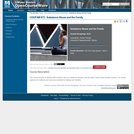
This course focuses on families with members who are substance abusers, and the ways in which these families function. The course explores the methods and resources available for helping such families.
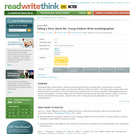
Students tell their life stories in this lesson about autobiographies based on family photographs.